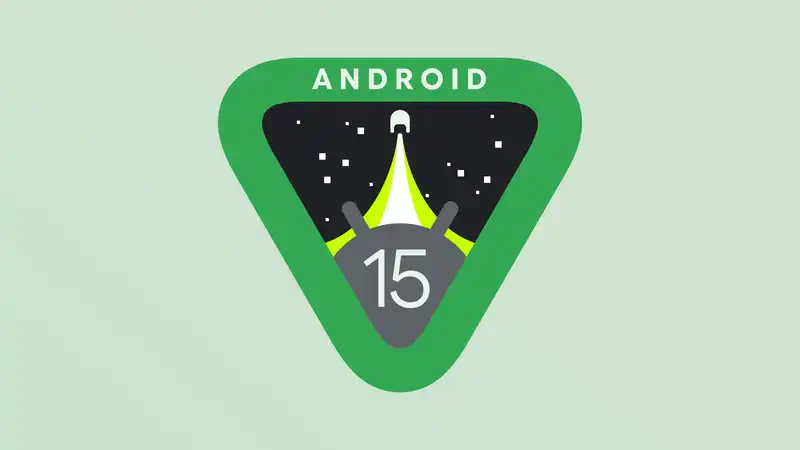The second Android Developer Preview is now available, bringing us one step closer to the launch of Google's next operating system later this year. This means that Google has added new features and capabilities for developers, allowing them to take full advantage of what Android 15 will eventually offer.
According to Google, the main themes of the second developer preview include updated Android communications, developer assistance to make the most of the larger, foldable screen, added privacy and security, and more efficient media and app performance. Here are all the changes you need to know about.
One of the biggest changes coming to Android 15 developer preview 2 is additional support for satellite connectivity. This was teased in the Google Pixel phone's emergency SOS app, but Google seems to have grander plans for the broader Android ecosystem. As such, the preview includes extended platform support for satellite connectivity and UI elements to ensure a consistent experience across devices.
This is a good thing, given that Android's last attempt at satellite communication capabilities failed; it does not specify what kind of satellite communication Android will work with, or whether Google plans to follow Apple's example and launch its own emergency SOS system However, this is a good thing. However, this should mean that developers can more easily work on adding it to Android phones in the future.
Android is also a fairly versatile system, and the addition of folding, flip, and larger screen devices is spurring it on. With this in mind, Android 15 will allow developers to get more out of these different types of screens and provide a better overall user experience.
This includes better support for cover screens on "supported flippable devices." According to Google, these screens are too small for many apps to operate properly. However, developers will be able to opt-in to cover screen support if they want their software to be available on the outer displays.
As for security, Android 15 will be able to detect that apps are being recorded. This would let users know that what is happening on the screen is being recorded and stored. Certain apps, such as banking apps and streaming services, can block screen recording, but this would likely allow new and different ways to prevent it from happening.
Android 15 developer preview 2 also features a number of APIs designed to optimize the way apps run in the background. Along with more detailed size information, these APIs include allowing developers to see how apps were launched, and ensuring that apps that are forcibly stopped will not be launched again unless the user operates them themselves.
Taken together, these should allow apps to run more smoothly than they did in Android 14, while at the same time preventing users from running out of the resources (and power) they tried to take away.
Other small additions include a smoother NFC experience to provide a more seamless and reliable mobile payment method. The goal is to allow users to tap only once for an affirmative read; PDF support will also be improved to incorporate more advanced features. These include password-protected files, form editing, animation, and selection by copy.
Android 14 added automatic multilingual speech recognition switching, but Google notes that the switching causes pauses and word dropouts. The new Android 15 developer preview reduces that pause and adds additional controls that allow apps to switch more finely.
Android 15 also introduces a new "loudness" criterion to avoid user mismatch between different apps and content. This can only be a good thing for those who wear headphones often. Also in Android 15, Spatializer will be upgraded to Virtualizer, allowing developers to configure how they want content to play when sound spatialization is supported.
Finally, Google is enhancing support for "elegant fonts," which allow certain scripts to be compacted and prevent layout corruption. Compact fonts will still be present, but developers will be able to switch them off as needed. The alphabets supported are Arabic, Lao, Myanmar, Tamil, Gujarati, Kannada, Malayalam, Odia, Telugu, and Thai.
Right now, Android 15 developer preview 2 is only available to developers or those participating in the Developer preview program. Therefore, general users will not be able to try these changes for a while. At least until the first public beta begins.
Google's timeline has not changed and seems to indicate that the first Android 15 beta will be available around April. Whether that will be a public beta is not clear, but we can expect public betas to begin by Google I/O in May, as they do every year. After that, Platform Stability will take place in June and July, in preparation for a stable launch later this year.
When the final release will be is currently a mystery. Typically, Google releases the next version of Android at the end of the summer, but there are exceptions. Android 14, for example, did not appear until October, coinciding with the launch of the Google Pixel 8 series. Therefore, we will have to wait for Google to reveal its plans for this year.
.









Comments